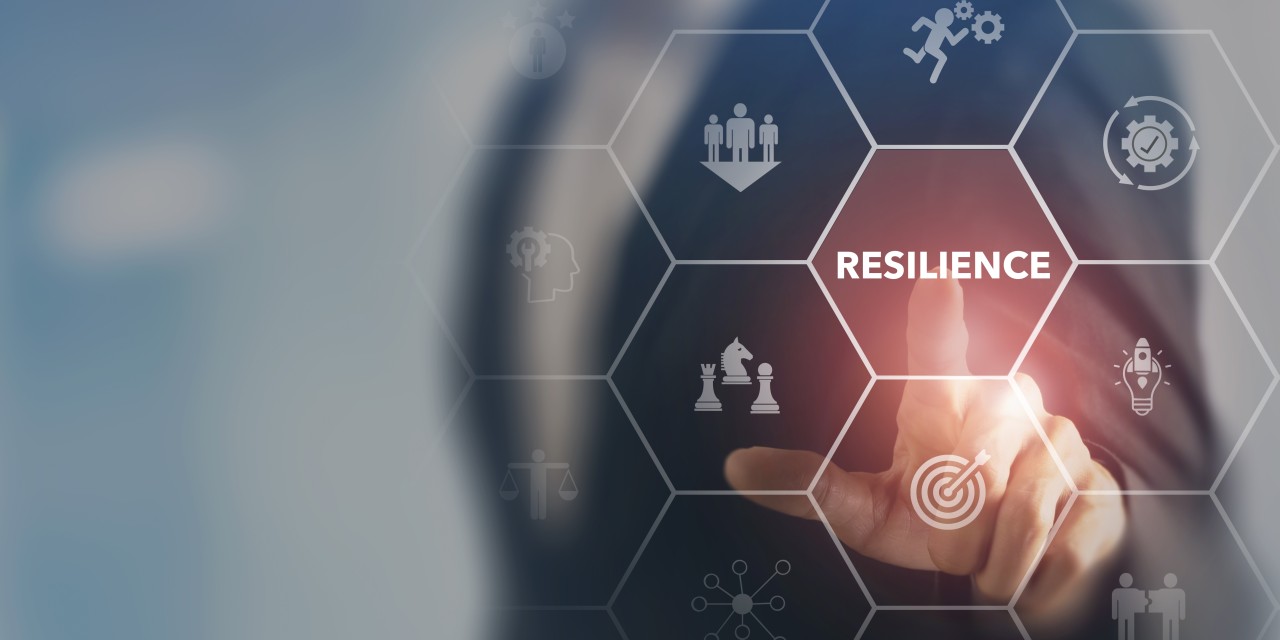Scaling isn’t just about speed—it’s about structure. As startups move from product-market fit to rapid growth, operational resilience becomes the foundation that supports sustainable scale. In 2025, with global supply chains still evolving, hybrid work here to stay, and AI embedded into daily workflows, the startups that thrive are those that design operations not just for today, but for turbulence ahead.
This isn’t about perfection—it's about preparation.
The New Playbook: Resilience Before Efficiency
In the early startup phase, efficiency is king. But as scale begins, fragility becomes a threat. Founders who bake resilience into their operations—from flexible systems to contingency planning—can withstand shocks, pivot faster, and retain trust with customers and stakeholders.
“Operational excellence isn’t about eliminating problems—it's about bouncing back faster than competitors when they arise.”
— Leena Chowdhury, COO at NovaCore Systems
3 Pillars of Operational Resilience in 2025
1. Modular Workflows for Fast Iteration
Instead of rigid processes, successful scaleups are adopting modular workflows—independent yet interconnected systems that allow teams to move quickly without breaking the entire structure.
- Why it matters: A tech scaleup in Tel Aviv, when hit by a vendor outage, rerouted their entire procurement system within 48 hours—thanks to modularized API-based workflows.
- Pro tip: Use low-code platforms for internal tooling to allow faster edits, updates, and deployment.
2. Dual-Sourcing & Distributed Infrastructure
Single points of failure are no longer acceptable. Whether it's cloud hosting, suppliers, or logistics, scaleups are diversifying dependencies.
- Example: A European D2C brand doubled its fulfillment centers across continents—not for speed, but to ensure continuity during regional disruptions.
- Try this: Implement risk-mapping of your operational ecosystem every quarter, ranking critical vs. replaceable functions.
3. Culture of Failsafes, Not Just Hustle
Operational resilience isn't just tech—it's mindset. Teams that anticipate breakdowns, run “what if” drills, and document everything recover exponentially faster.
- 2025 shift: From speed-first to scenario-first. Companies are embedding failure simulations into onboarding, just like security training.
- Case in point: ScaleLoop, a B2B SaaS firm, runs “fire drills” every 60 days to test system and team responses across functions.
From Hustle to Holistic Systems
In the early days, hustle fills the gaps. But at scale, only systems can carry weight. 2025’s best-performing scaleups are those building cross-functional alignment early, automating where it makes sense—but documenting and stress-testing even more rigorously.
Checkpoints for founders:
- Do your systems break gracefully—or catastrophically?
- Are critical decisions documented—or locked in a single person’s head?
- Can your ops scale 10x without burning out your team?
Final Word
Operational resilience is no longer a luxury—it's a competitive advantage. The companies that will last are those that don’t just grow fast, but grow smart, anticipating friction and building systems that flex with the future. In the next wave of scaleups, it’s not the bold that win, but the prepared.














